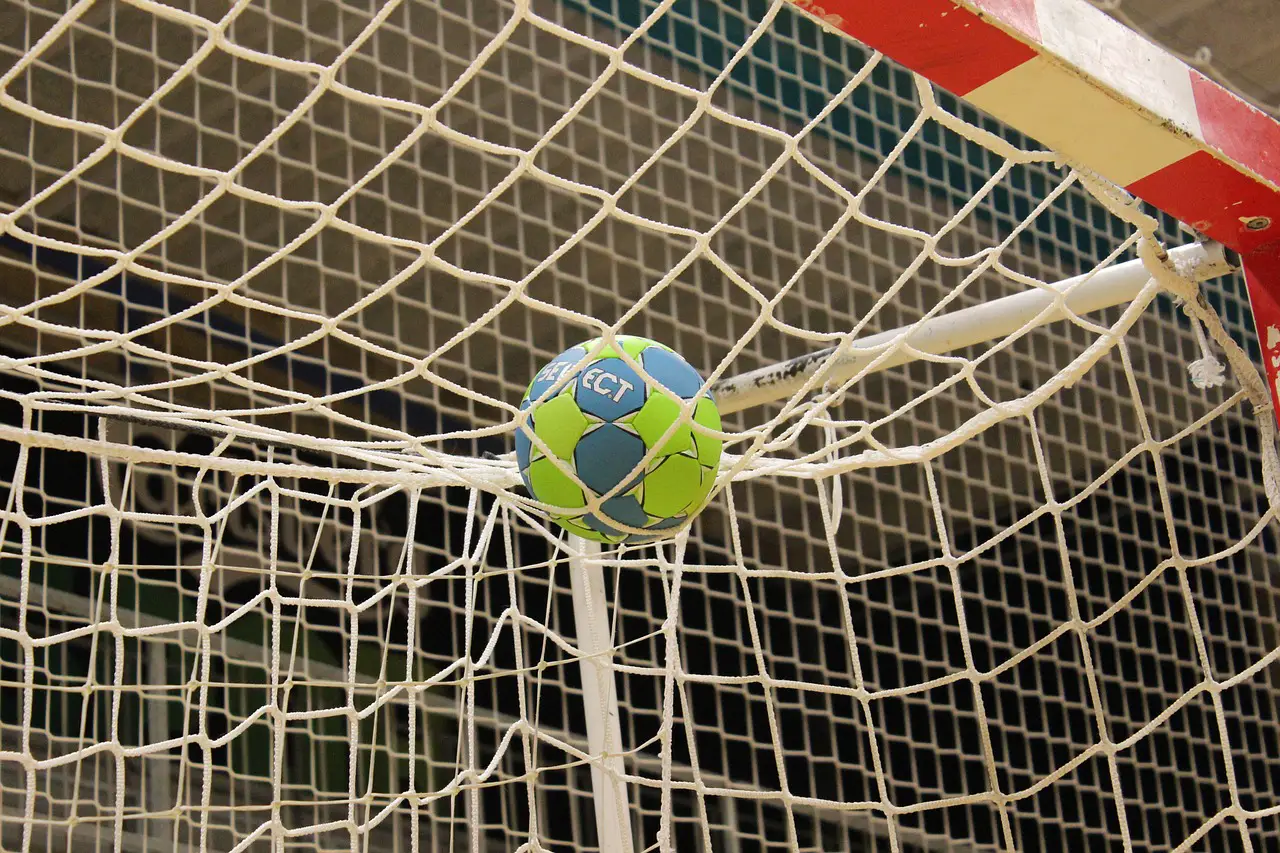Can Racquetballs Be Used As A Handball?
Handball is one of the most popular sports worldwide, and for a good reason. It’s a great way to stay active and enjoy some friendly competition with your friends or teammates. But what if you don’t have access to an official handball? Is it possible to substitute something else in its place, such as a racquetball?
This question has come up repeatedly throughout history, so let’s look at whether racquetballs can be used as a viable alternative for playing handball.
The Difference Between Racquetballs & Handballs
Racquetballs are generally larger than traditional handballs—they measure between 2–3 inches in diameter compared to 1-1/4–1-5/8 inches for a standard handball. This difference in size means that they will react differently when struck by another player or hit against the wall during play. Additionally, racquetballs are typically made from rubber while handballs are usually composed of leather or synthetic materials, making them softer on impact, which lessens the likelihood of injury from hard shots. Furthermore, their respective bounce patterns differ significantly. In contrast, racquet balls tend to travel straight off walls and other surfaces before coming back down again quickly due to their higher bouncing power. On the other hand, when properly inflated with air pressure within recommended limits (typically 0.7 – 0 .9 bar) , handballs will often roll along after hitting solid objects instead of bouncing back immediately as their rubber counterparts do..
Can You Use Racquet Balls For Playing HandBall
The answer is yes, you can use both types of balls interchangeably. However, there may be certain differences that need to be taken into consideration when doing so, depending on where you’re playing, whether indoor or outdoor courts. For instance, indoor courts have less friction than outdoor ones. Hence, using a racquetball would result in faster gameplay, while outdoor courts may not allow them to move quite as swiftly due to surface resistance slowing down their trajectory slightly more than expected indoors. Conversely, racquetballs could provide better control, especially when striking angled shots, since they tend not to bounce away erratically like normal-sized handballs sometimes do. Ultimately, it all comes down to personal preference. If someone prefers one type over another, then go ahead and give it a try!
In conclusion, it is possible to use either type of ball interchangeably when playing. Still, you should bear in mind that each type will behave differently during gameplay, depending on your location. Understanding these nuances can help ensure your games run smoothly regardless!

